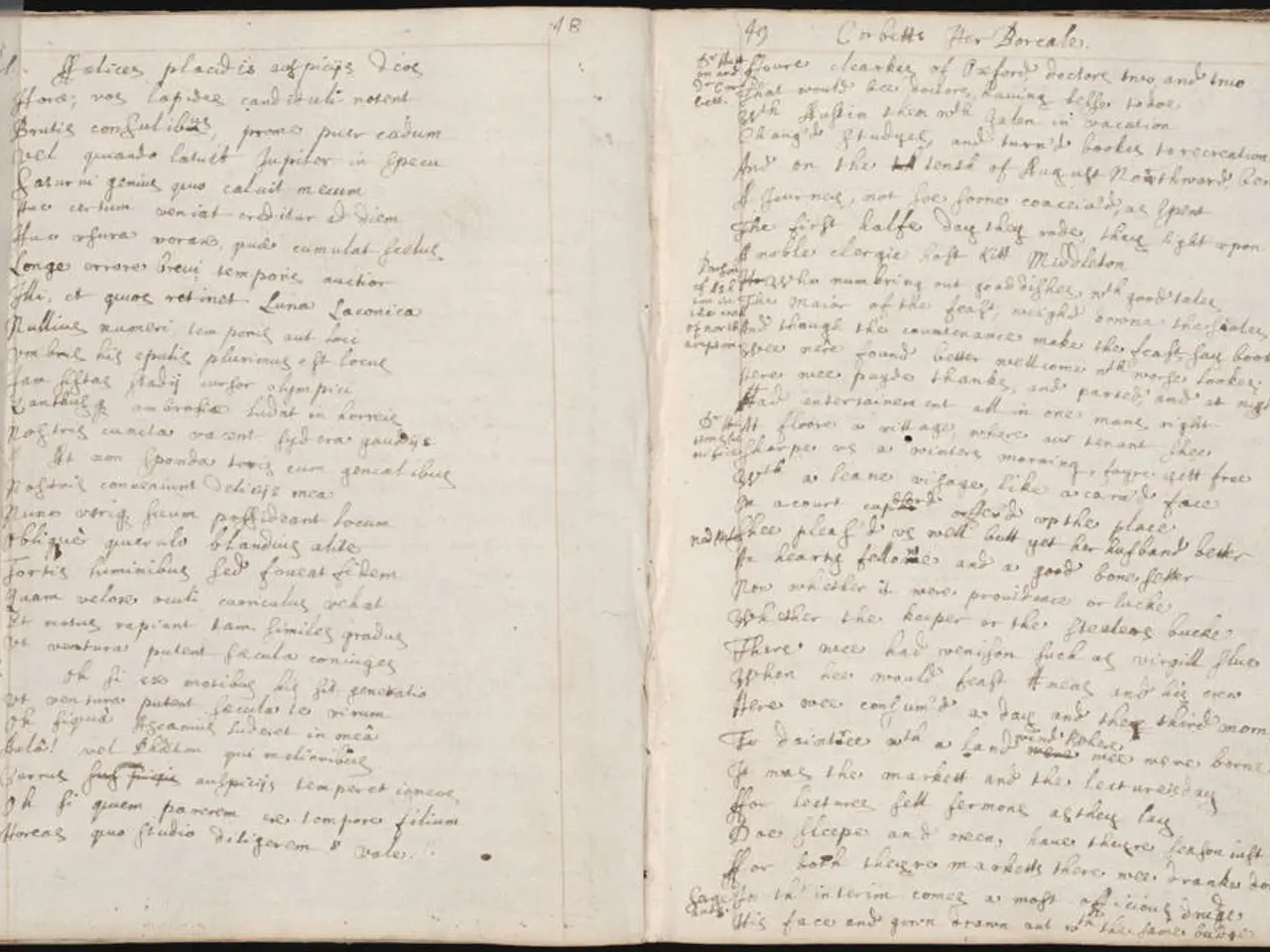"Understanding Story Beats: A Straightforward Guide for Authors"
Story beats are invaluable tools for screenwriters, providing a structured approach to analyzing and refining screenplays. By offering a clear way to identify areas that need improvement and facilitate productive feedback, they are essential for crafting compelling screenplays that captivate and resonate with audiences.
Embracing the Power of Beat Sheets
One key approach to mastering story beats is the use of beat sheets. These tools help focus on pivotal story moments such as inciting incidents, midpoint twists, climaxes, and emotional beats like character realizations. By tracking the narrative skeleton, beat sheets enable clearer pacing and revision focus, identifying where to tighten or expand the story for a more cohesive screenplay.
Shifts in Action and Emotion
Understanding each beat as a shift in action or emotion is another essential technique. This approach helps identify how every beat advances the story and deepens character development, ensuring that the audience remains engaged. It also prevents overloading scenes with too many beats or missing subtle emotional turns within scenes.
Visualizing Pacing with the Story Clock
Mapping major plot points and emotional shifts onto positions around a clock face with the Story Clock tool helps visualize story pacing and balance momentum. This cyclical layout aids in ensuring well-timed turning points and avoids rushed or empty sections.
The Art of Visual Storytelling
Conveying beats through actions, sensory details, and environment rather than exposition enhances emotional impact and immersion. This technique helps maintain tension, pacing, and character development throughout the screenplay.
Learning from Existing Screenplays and Films
Studying how beats function in practice by analyzing existing screenplays or films is crucial for understanding cause-and-effect narrative momentum. This knowledge is vital for creating fluid storytelling in your own work.
Constructive Feedback through Story Beats
Providing constructive feedback using story beats can help offer specific, actionable feedback for writers. Resolution beats often resolve central relationships, offering closure and reflection.
Avoiding Common Errors
Neglecting the middle is a common error in creating story beats, causing the narrative to drag and lose the audience's interest. Overloading your screenplay with too many beats or unnecessary details can overwhelm the narrative and dilute its impact. Instead, prioritize key beats and simplify the narrative.
Guiding the Revision Process
During the revision process, story beats can guide your efforts to refine and strengthen your screenplay. By breaking your screenplay down into its individual beats, you can identify weak points and assess pacing. To prevent a dull middle, focus on midpoint beats that introduce a significant twist or revelation, and incorporate engaging subplots. Introduction beats introduce important relationships, setting the stage for their development.
For further reading and professional script analysis, visit Greenlight Coverage. Explore resources like "Save the Cat!", "Story" by Robert McKee, Scrivener, Final Draft, and online courses like "Smarter Story Structure". By combining these strategies, screenwriters can master story beats to create a coherent, engaging screenplay.
- Delving into story beats can help screenwriters identify and deepen emotional shifts in their home-and-garden-like story settings, ensuring a captivating lifestyle portrayal for audiences.
- To craft a well-paced, cohesive screenplay, analyze existing films in your home-and-garden genre, focusing on how story beats create fluid narrative momentum and coverage.




